What is Mini PCI-e format capable of?

I really like the Mini PCI-e format. This is a tiny form factor that serves as the base for mSATA and M.2, but it is mainly used to connect WiFi and Bluetooth cards in laptops or small PCs. But as a matter of fact it is just a PCI-e, so much more can be done with it.
Here, for example, the usual wireless card used with it:
')
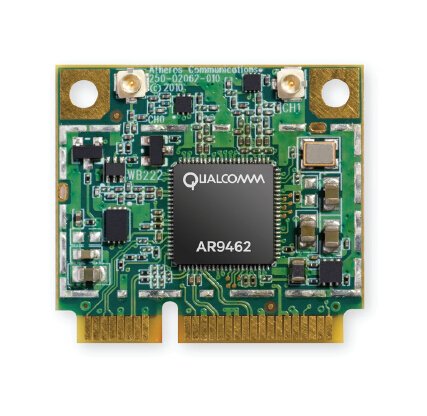
But since this is just a PCI-e, it can be turned into a PCI-e x1 using an adapter. This is the cheat code for the Mini PCI-e: after that you can connect anything there, up to a full-sized GPU. Will work slowly, but will.
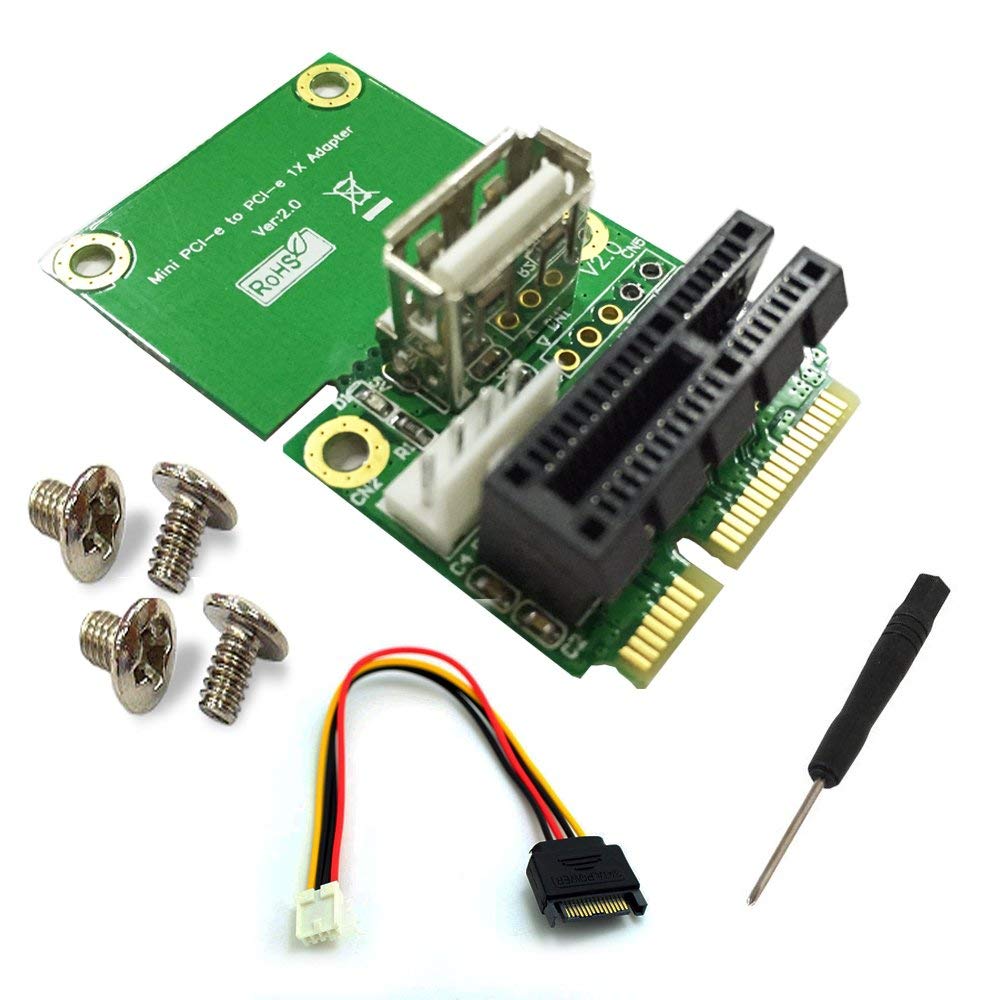
However, there are many cards designed specifically for this format. For example, an Ethernet card:

Naturally, diagnostic tools:

The connector, of course, can be used for SATA:

Do you want to ... Firewire? Seriously??

Well, if Firewire is available to us, then nothing prevents us from using USB if someone else clings to this obsolete standard:
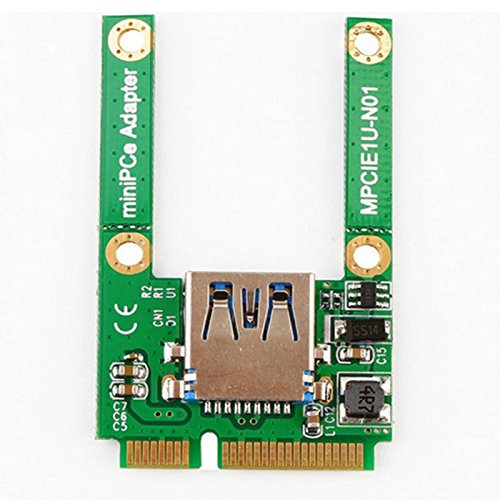
Naturally, there is a serial port. The industrial world works on the RS-232 interface:

Little serial port - for you there is a card with serial and parallel ports. Sometimes you want to connect to the Epson FX-80 laptop:
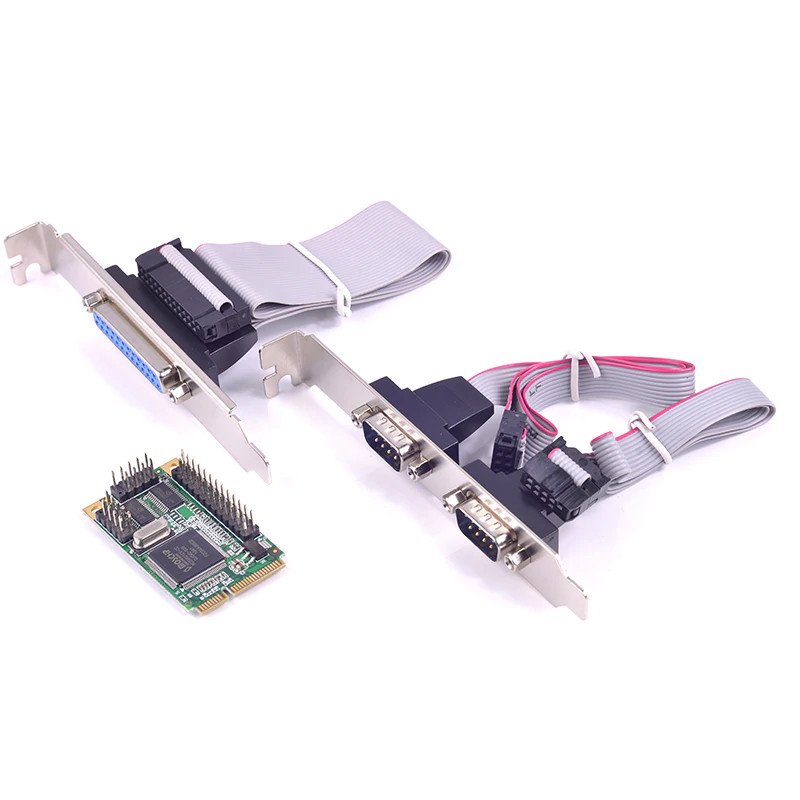
There are slots for CompactFlash:

Towers for USB3 of dubious value:

GPS receiver, for some reason with a separate battery:
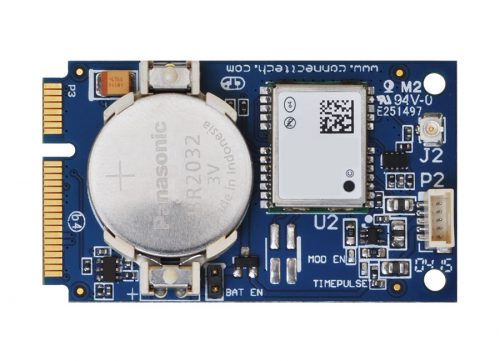
And since this is a PCI-e, it will be fast enough for video cards. So they also exist:
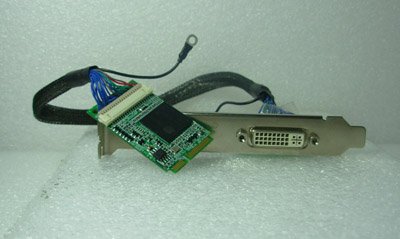
Fun fact: there are bridges from PCI-e to PCI. Therefore, of course, there are bridges with the Mini PCI-e to PCI - for example, such a bridge spiked with PCI sound cards:
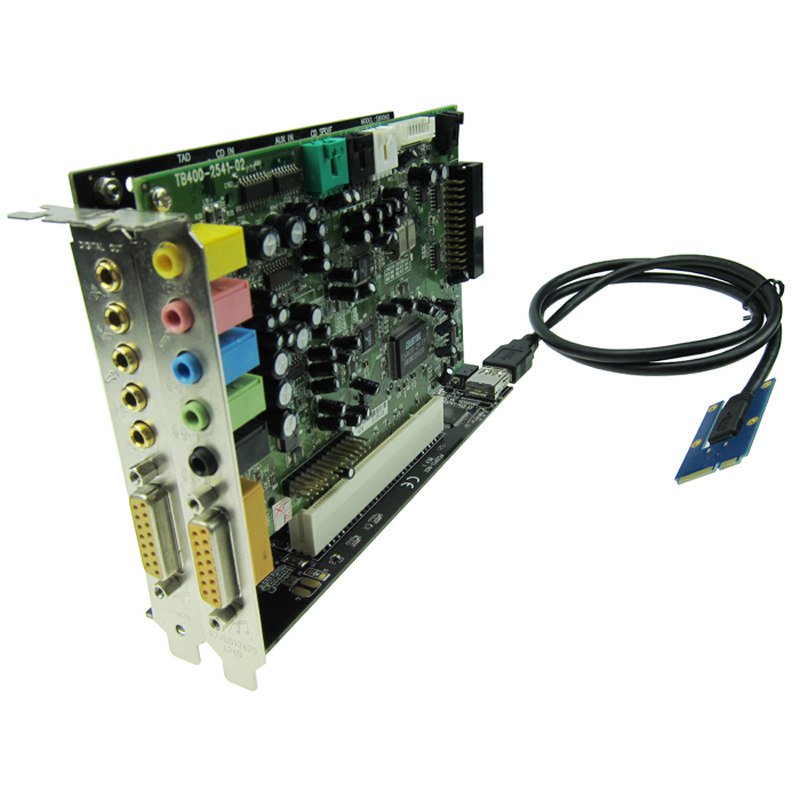
How about a card to receive a TV signal?

Or SD slots! It's funny how well the SD slot fits in size for a Mini PCI-e card:

If this is not enough for you, you can take a card with two microSD:
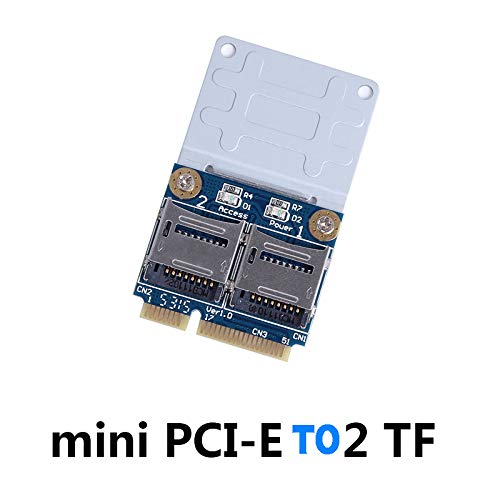
Would you like gigabit internet with SFP modules?

And since there are video cards, that is, sound cards:
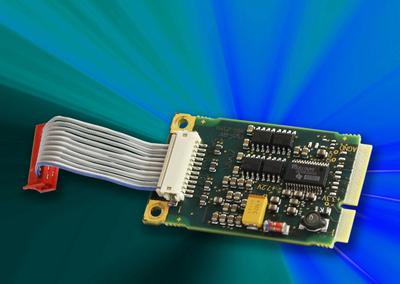
Or simultaneous video recording from 8 channels (for security cameras):

And yes, a giant Mini PCI-e card with integrated FPGA:
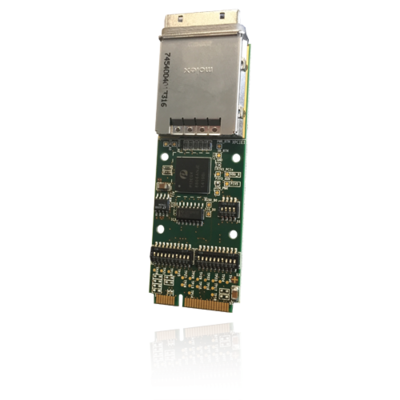
And a dual CAN bus, if you suddenly need to debug your car:
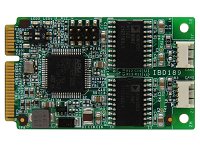
But here’s a dual Gigabit Ethernet, but in this case I’m more amused that a separate daughter board for two Ethernet connectors turns out to be larger than the Mini PCI-e:

But the adapter from Mini PCI-e to ExpressCard , so that you can use all these ExpressCard cards, which you are probably full of:
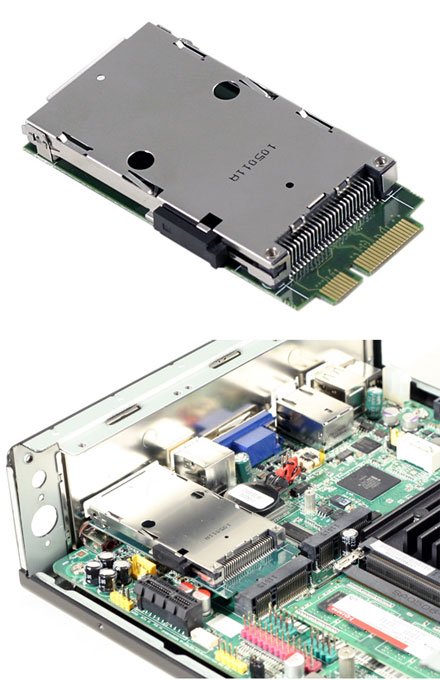
Just do not confuse it with the opposite adapter with ExpressCard to Mini PCI-e:

But such an adapter, with GPIO pins, specially arranged in the same order as that of the Raspberry Pi. Apparently, the idea is to use it with FPGA-computers equipped with Mini PCI-e, in conjunction with shields from Raspberry Pi?
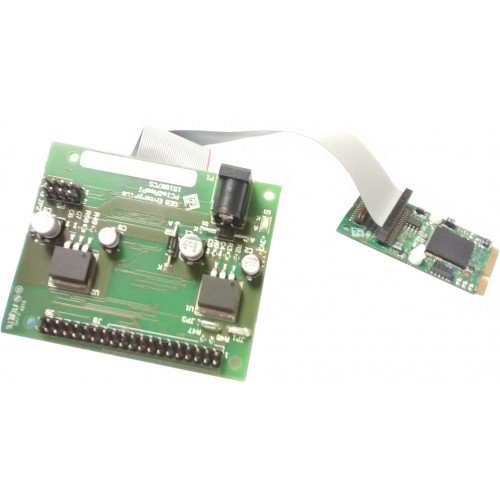
But the board with support for VGA and HDMI, but this is not a video card, but a card for recording video:

And a Mini PCI-e prototyping board so you can develop your own Mini PCI-e cards:
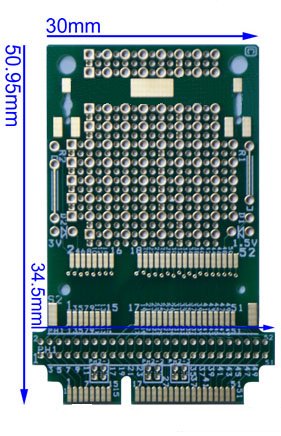
And if you get tired of the Mini PCI-e x1 slot, you can simply go to slot x16. It seems to me that at the same time it works as x1, but it has the full size ... Well, because:
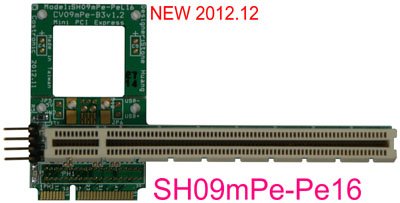
But the board with VGA, which is a video card. It is adapted for the 86Duino, a convenient x86 built-in system, which I still can’t buy:

Source: https://habr.com/ru/post/444370/
All Articles